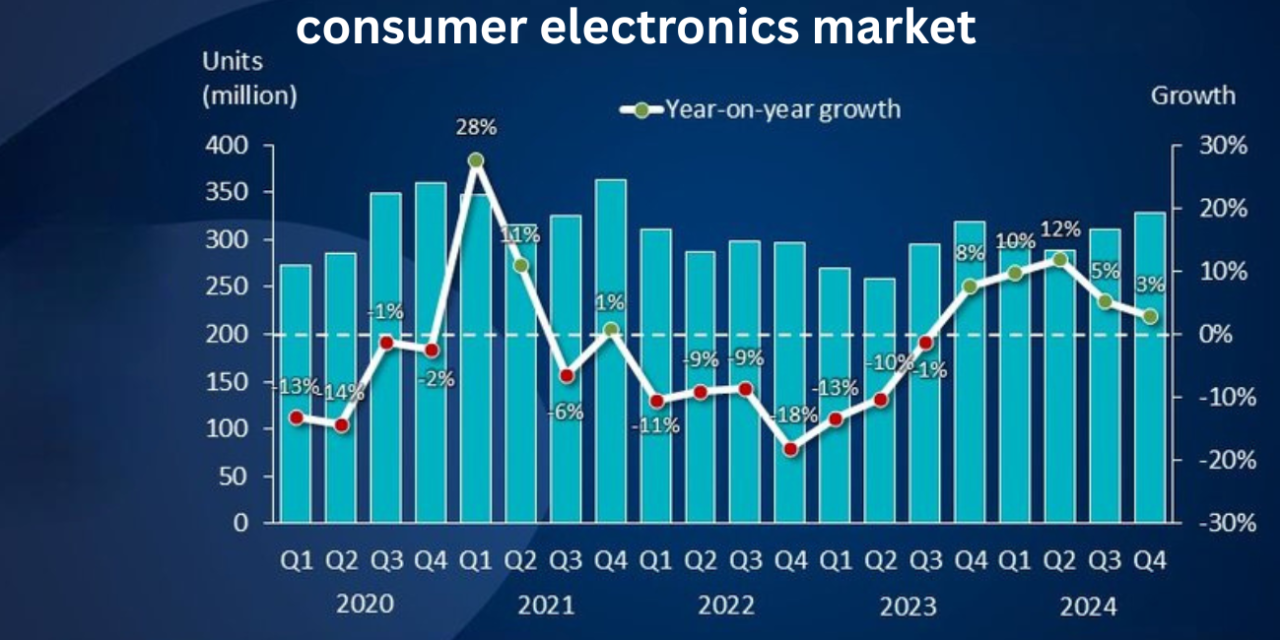The demand for smartphones has significantly influenced the consumer electronics market in several key ways:
- Increased Innovation: As smartphones have become essential to daily life, the demand for cutting-edge features—such as improved cameras, faster processors, and longer battery life—has spurred constant innovation within the consumer electronics industry. Companies are also focusing on enhancing display technology (e.g., OLED screens), battery efficiency, and 5G connectivity.
- Expansion of Ecosystem: The rise of smartphones has contributed to the growth of an interconnected ecosystem of devices, including smartwatches, wireless earbuds, smart home devices, and accessories like power banks and chargers. This ecosystem has driven more consumer purchases of complementary products, broadening the scope of the consumer electronics market.
- Shift in Consumer Preferences: Smartphones have increasingly replaced other electronic devices, such as digital cameras, MP3 players, GPS units, and even laptops to some extent. Consumers now expect more functionalities in a single device, reshaping product development across different categories in the market.
- Growth in Software and Services: The smartphone boom has led to the rise of mobile applications, mobile gaming, and cloud-based services, which have become significant revenue streams for companies. The demand for smartphones has increased the need for digital content, streaming platforms, and software solutions, thereby shifting focus from just hardware to software and services.
- Supply Chain and Manufacturing: The smartphone industry’s growth has influenced global supply chains, leading to an increase in the production of components like semiconductors, batteries, and screens. Additionally, the demand for smartphones has led to an emphasis on sustainable materials, given environmental concerns about e-waste.
- Price Sensitivity and Competition: The demand for smartphones has sparked intense competition among manufacturers, with brands striving to offer competitive pricing and premium features. This has led to a wide variety of smartphones at different price points, benefiting consumers but also pressuring companies to continually innovate.
Overall, the smartphone boom has reshaped the entire consumer electronics landscape, driving demand for new technologies, creating new business models, and influencing consumer behavior on a global scale.














